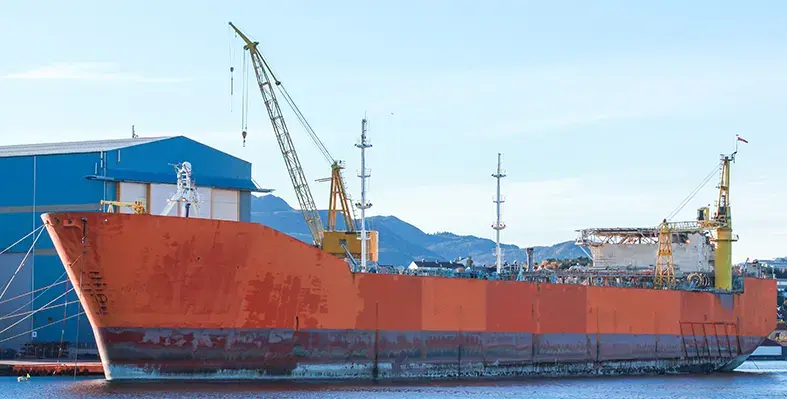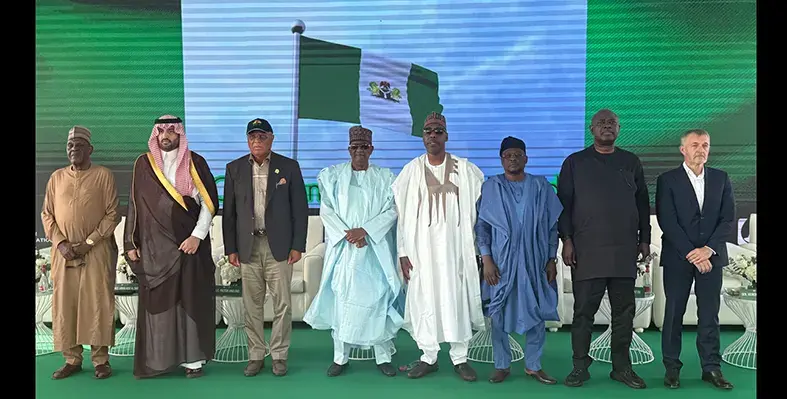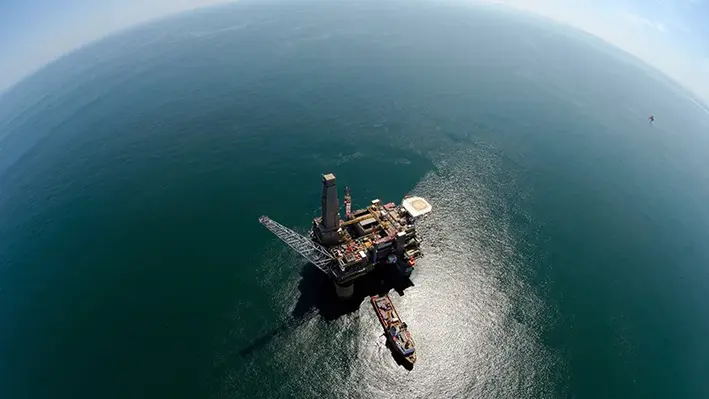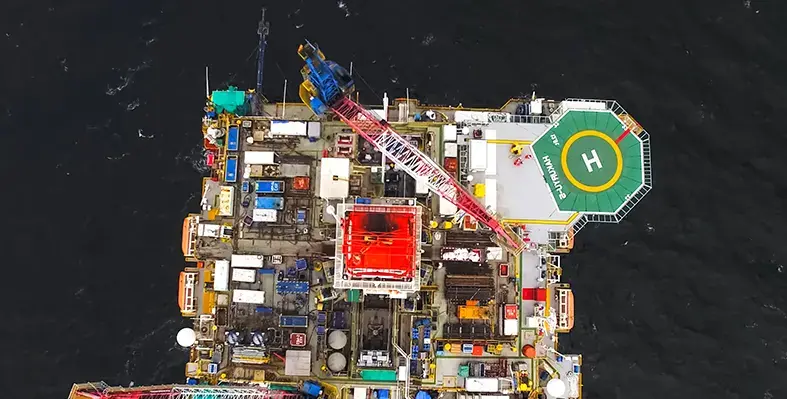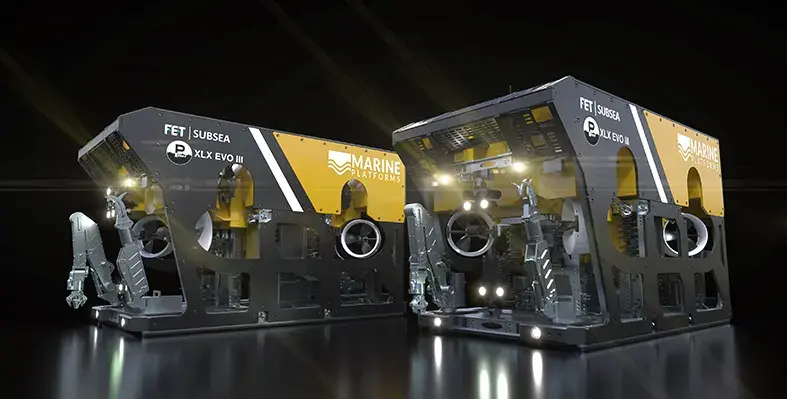The three-well drilling campaign by Rex International Holding Limited in the Seme Field, Benin, goes on as the floating storage & offloading (FSO) unit has arrived and is at the anchorage
The mooring system is currently being installed and will be hooked up with a flowline to the mobile offshore production unit (MOPU). Before the MOPU arrives this month, the team is working on remedial actions to address certain technical issues that the campaign had been facing. While this may lead to some delays, production start-up is being targeted by December end.
Akrake Petroleum Benin SA holds a 76% interest in the Seme Field in Block 1, Benin, and is the operator. It is a wholly-owned subsidiary of Lime Petroleum Holding AS, an 89.74 per cent subsidiary of Rex.
The campaign involves a 100-day three-well work-programme to redevelop the Seme Field. This will see the drilling of two horizontal production wells in the H6 formation (previously developed), as well as a deeper vertical appraisal well to gather data from the H7 and H8 reservoirs, to facilitate the potential advancement to Phase 2 of the development.
The production start-up and optimisation in the Seme Field will be backed by additional data on the subsurface alongside the existing 3D seismic that has been reprocessed by the team.



